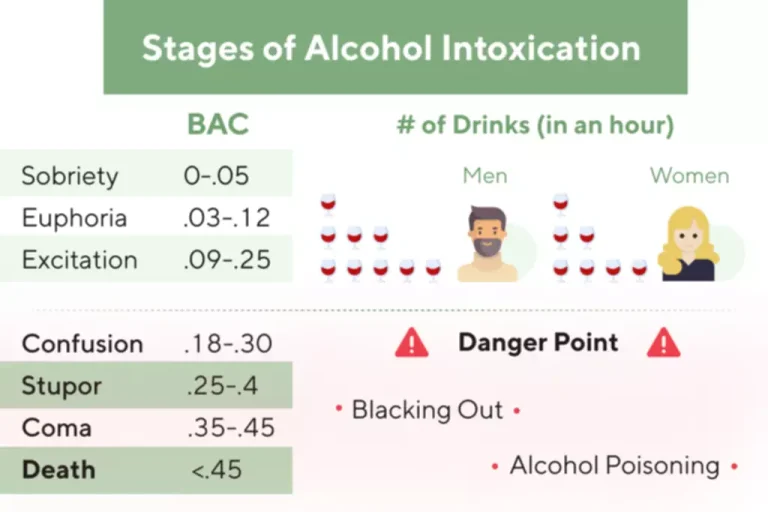
In addition, research should focus on developing treatment algorithms that allow for adaptation of the treatment content and intensity to the patient’s needs and circumstances. Such algorithms would allow treatment providers to determine more accurately which patients would benefit most from which intervention and at which intensity to ensure maximum effectiveness while creating minimal burden for both the patient and the treatment provider. Additional efforts in this context need to be put into designing reliable monitoring tools to keep track of the patient’s progress and signal the need for treatment adaptation. The APA no longer clinically use the terms “alcohol abuse” and “alcoholism” because they’re less accurate and contribute to stigma around the condition.
Extended Medical Monitoring
Barriers to this model of care include financial and resource constraints, lack of specialised staff, logistical issues, siloed specialties, and impaired insight and motivation of patients 61. Therefore, researchers and clinicians have begun to develop additional programs to increase the number of options available to AOD-abusing patients and their health care providers. This process has focused mainly on extended treatment models that increasingly blur the distinction between intensive initial care and less intensive continuing care aimed at prolonging treatment participation.
Understanding Alcoholism and the Signs of Severe Drinking Problems
This is how one builds a tolerance to alcohol, which causes people to consume larger amounts to feel the same euphoria they once did. In the healthy brain, dopamine is released in response to natural rewards, such as food or exercise, as a way of saying, “that was good.” But drugs hijack dopamine pathways, teaching the brain that drugs are good, too. For example, some drugs have a structure similar to other chemical messengers in the brain, allowing them to bind to brain cells and release dopamine.
The role of mental health in treating AUD
However, integrated multidisciplinary models of care delivery in ALD are rare outside LT centres, https://ecosoberhouse.com/article/methadone-withdrawal-symptoms-and-treatment/ and have been identified as an area of need to reduce the burden of ALD 4. Team members may include a hepatologist, addiction specialist, psychiatrist, counsellor, social worker, liver nurse and dietitian 62. Small studies have shown encouraging results, including a reduction in emergency department visits and inpatient admissions 63.

- Many mental health-centered treatments for AUD can help recovery, from motivational interviewing to mindfulness training.
- In this definition, alcoholism may or may not involve physiological dependence, but invariably it is characterized by alcohol consumption that is sufficiently great to cause regret and repeated physical, mental, social, economic, or legal difficulties.
- Making such a significant life change can cause emotional turmoil, including guilt for past behaviors or burdening others.
- In most European nations, a standard drink is between 10 and 12 g, while in the UK it is only 8 g 15, 16.
- Again, participants who were offered abstinence-contingent access to work therapy and housing showed better outcomes (e.g., greater treatment participation, higher abstinence rates, and less homelessness) than participants in the control condition (Milby et al. 2000).
- Direct biomarkers have much higher sensitivity and specificity than indirect biomarkers and include breath, urine and serum alcohol testing, but these are limited by a short window of detection following alcohol intake.
Under the direction of licensed therapists or counselors, behavioral therapies involve psychological strategies to modify drinking behaviors. The therapy goals are to develop the skills needed to manage your habits, build social support, set and work toward realistic goals, and deal with or avoid things that trigger drinking. As harmful and debilitating as AUD can be for both the person with the disease and their loved ones, there are many approaches that you can take to manage the condition.
About Medical News Today
- The 1966 case, Budd v. California, posed the question of whether it is constitutional for California to punish someone who suffers from alcoholism, not just someone who periodically voluntarily overindulges.
- When healthcare providers screen for AUD, they look at drinking behavior patterns within the last year to determine a diagnosis.
- However, even a mild disorder can escalate and lead to serious problems, so early treatment is important.
- This strategy makes use of such innovative methods as interactive voice response (IVR), whereby participants call into a computer system that prompts them to answer questions via their telephone keypads.
- Research from 2019 found ACT may help people who haven’t benefited from existing AUD treatments, but larger studies are needed to support its effectiveness.
If you were exposed to alcohol use from a young age and grew up in an environment where drinking heavily was normalised or even encouraged, you are more likely to mimic these behaviours as a teenager or adult. Childhood trauma can also physically change the brain, making you more likely to become addicted to alcohol. Someone who has experienced a traumatic event such as a sexual assault, death why is alcoholism considered a chronic disease of a loved one, terrorist attack or childhood trauma is more susceptible to developing an addiction. The more you drink, the more tolerance your body will build towards this substance. This means that you will need to drink larger amounts to achieve the same effect, thus progressing the disease.
- The more you drink, the more tolerance your body will build towards this substance.
- If you think you might have an alcohol use disorder or if you are worried that your alcohol consumption has become problematic, it is important to talk to your doctor to discuss your treatment options.
- In practice, use of biomarkers tends to be limited by the geographical availability of testing.
- One possible solution is to incorporate continuing-care services into the specialty treatment programs so that the program counselor who works with the patient during the initial treatment phase also is responsible for coordinating the continuing care phase.

These include increased heart rate, sweating, anxiety, tremors, nausea and vomiting, heart palpitations, and insomnia. Finally, it is important to recognize that this telephone-based protocol is not a stand-alone treatment that can be provided instead of clinic-based care. Rather, the protocol is designed to augment and extend treatment following a more intensive intervention. All of these experiences help the patient achieve and maintain abstinence, and changes in the reported relationships between the patient and these support groups can serve as a signal to the counselor that the patient is at increased risk of relapse. Thus, at all times during the telephone contacts, it is important that the counselor be on the lookout for signs of trouble in what the patient says (or does not say), and that the counselor immediately addresses such issues. One subgroup of AOD-dependent patients that is of particular concern to the public and the medical profession is physicians with AOD use disorders.

Too much alcohol affects your speech, muscle coordination and vital centers of your brain. This is of particular concern when you’re taking certain medications that also depress the brain’s function. Unhealthy alcohol use includes any alcohol use that puts your health or safety at risk or causes other alcohol-related problems. It also includes binge drinking — a pattern of drinking where a male has five or more drinks within two hours or a female has at least four drinks within two hours.



